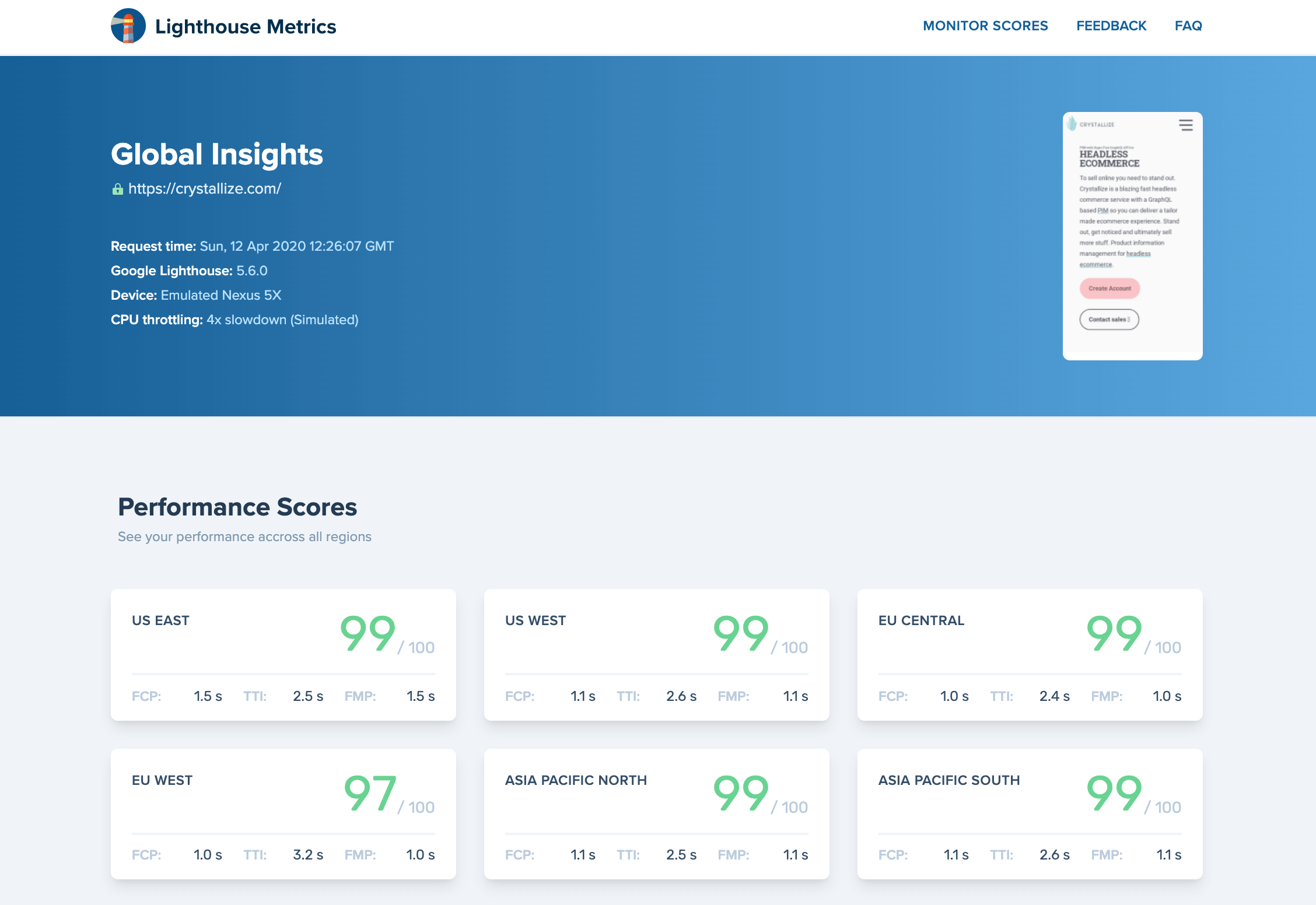The eCommerce Performance Magic Sauce

Genuine internet craftsmanship is performed by experienced UX designers, front-end developers, and information architects. The combined focus on customer experience, frontend performance, and beautiful reusable information architecture is rocket fuel for SEO, conversion and click-through rates, and reusable content services.
The differentiation is in the execution—in the details.

UX Designers View on eCommerce
UX designers care about the complete customer experience. The goal is to design engaging customer journeys to enjoy the experience while informed with beautiful product information. Combining rich content and storytelling with the product information.
The UX designer’s baseline is mapping out the complete customer journeys and designing them in tools like Figma. Initially, decisions are made based on experience and best practices. Perhaps also customer feedback and user testing. However, in an iterative design process, KPIs are defined to measure the impact on the complete customer journey. So, each change is measured, and insight is created.
For example, will the checkout process of 4 steps sell more than having six steps for a given eCommerce experience? Most would assume shorter is better, but the data should tell the real story. Ryan from Netflix talked about a lengthier signup process converted better than a shorter one at our React New York conference. Don’t assume. Know.
User experience designers add the following to eCommerce:
- Complete customer journey mapping
- Engaging and enjoyable shopping experiences
- Data-driven metrics of success for an iterative design process
Frontend Developers Make it Real
The front-end developers’ role is to work with the UX designers and the information architects to build out the shop, making them the key ingredient in the eCommerce magic sauce. The difference between excellent and mediocre front-end development is huge. Because the details matter, a simple mistake can cost a lot in terms of performance, SEO, or accessibility resulting in lower-traffic, conversion, and ultimately revenue.
The first step is to translate the user experience designed into a genuine eCommerce experience. It typically uses a modern frontend framework like React, and I assume a tailor-made approach where the real craftsmanship comes to play—not slapping some colors and tweaking a template. The result is a set of reusable components, and efficient code automatically tested during deployment for high quality.
Frontend performance and measuring site speed is in the DNA of experienced frontend developers. And automatic testing is set up to make sure nobody drops the ball. Accessibility and optimization for search engines are also executed in the front.
For iterative development, they use A/B testing by measuring the impact of each change. This is where the frontend developer works with the UX designers to roll out a new feature, let's say, an alternative checkout process. Based on insight, a change is being made, and the numbers will verify how successful the change was. Data. Not opinions.
Frontend developers add to the magic sauce:
- Focus on site speed with performance budgets
- Automatic testing for frontend performance and accessibility
- Iterative development processes for faster changes
- A/B testing execution
Information Architects Perspective
Information architecture is key to success in a modern headless commerce environment. You need to design the structure of your product information and rich content to be easily reusable across channels. You need the product information available for your webshop, App, in-store, Point of Sales, and even digital signage and good old printed material.
Having the product information correctly modeled, organized, and labeled builds the ground floor of an eCommerce architecture. Properly done, it can serve as a content services layer in your organization. This allows for rapid testing and innovation as you have the underlying data available in real-time. Plan and evolve.
Information architects build the foundation for eCommerce performance with:
- Information modeling
- Organizing and labeling information
- Building foundation for navigation and search
Some of these points are often attributed to content strategists, marketing managers, and eCommerce managers. However, I believe that the real magic of eCommerce success is built with successful teamwork between UX designers, information architects, and front-end developers.
That is where the magic happens and where genuine internet craftsmanship makes the difference.
We can help with that. Seriously.
All you need to do is to schedule a 1-on-1 Crystallize demo call. We’ll do our best to tailor-made it to your use case.
Alternatively, SIGN UP for FREE to test the waters with our team’s unmatched level of support.
